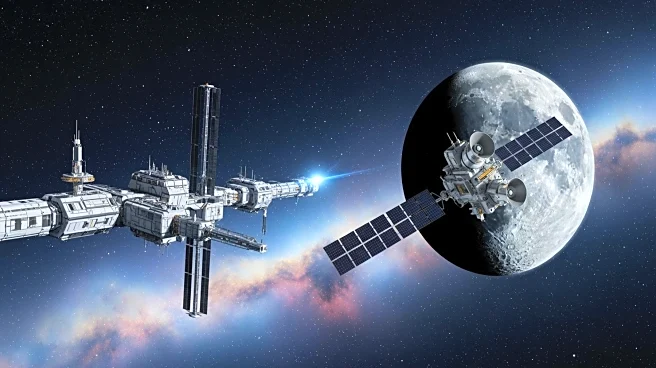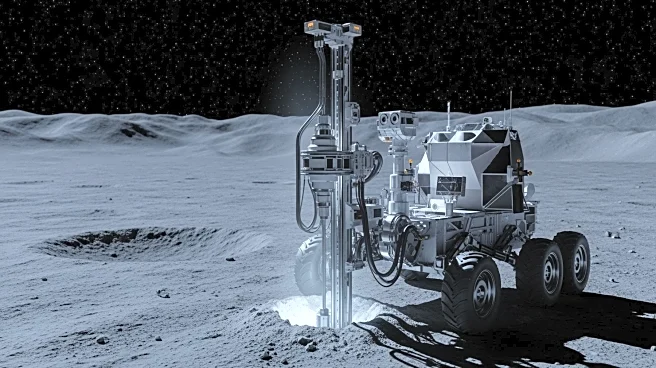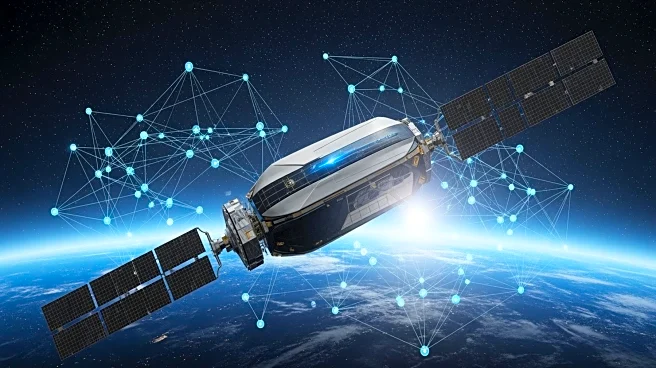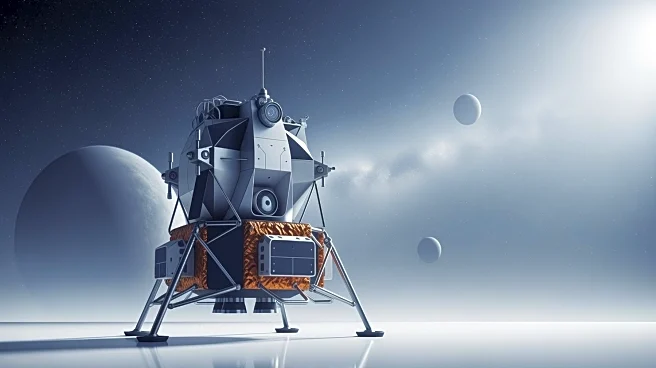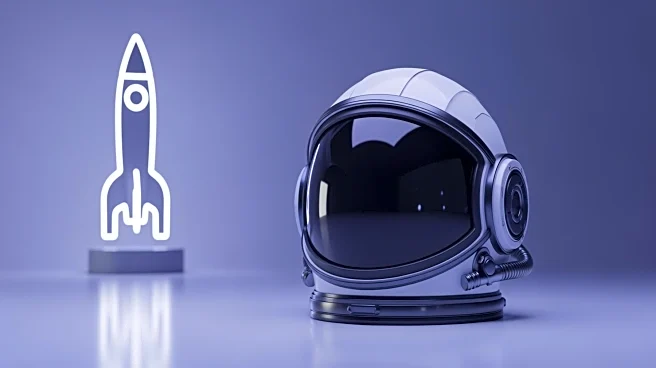What's Happening?
SpaceX has successfully completed a test flight of its Starship launch system, marking a significant milestone for the most powerful rocket ever constructed. The test, conducted at SpaceX's facilities
in South Texas, involved deploying dummy satellites to simulate future missions of sending Starlink satellites into orbit. The Starship spacecraft demonstrated its capability by relighting one of its engines mid-flight, a maneuver crucial for future deorbit burns. This test is part of SpaceX's broader plan to make Starship a reusable launch system, capable of carrying humans to Mars and supporting NASA's lunar missions.
Why It's Important?
The successful test flight of Starship is a critical step towards achieving SpaceX's ambitious goals of interplanetary travel and supporting NASA's Artemis program. The ability to deploy advanced Starlink satellites with increased capacity per launch could revolutionize global internet connectivity and military communications. Furthermore, the reusability of Starship could significantly reduce costs and increase the frequency of space missions, potentially accelerating the timeline for human exploration of Mars and the Moon. This development positions SpaceX as a key player in the new space race, particularly against competitors like China.
What's Next?
SpaceX plans to retire the current version of Starship and introduce Version 3, which promises enhanced capabilities and reusability. The new iteration is expected to conduct its first test launch later this year or early 2026. SpaceX aims to refine the technology for orbital refueling, a crucial step for deep space missions. The success of these developments will be pivotal for NASA's planned moon-landing mission and could influence future collaborations and contracts within the space industry.



